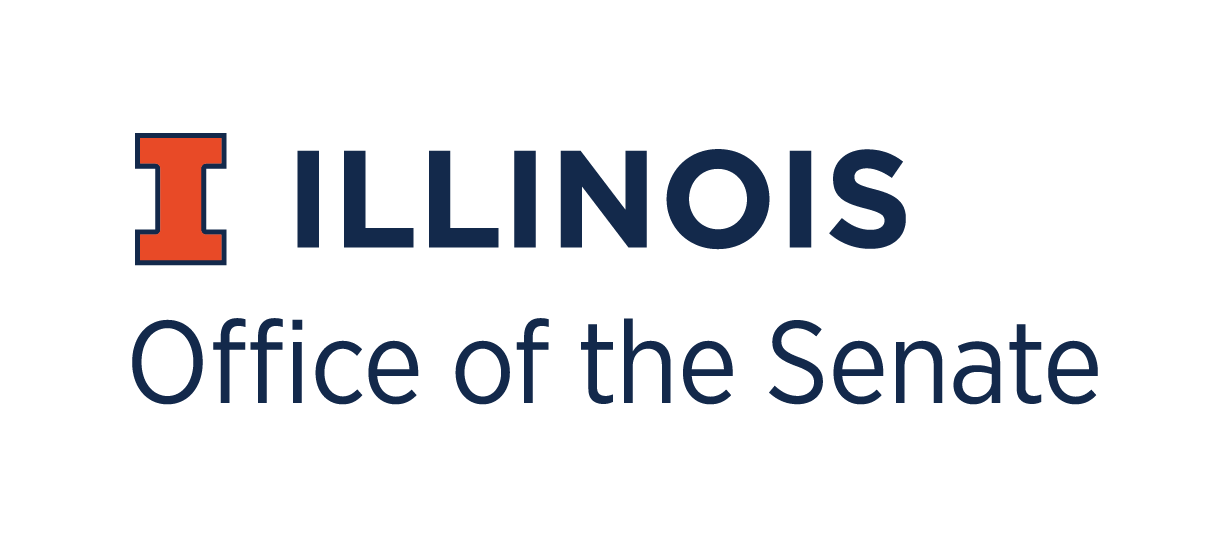In December 1998, the Board of Higher Education adopted fiscal 2000 budget recommendations calling for general fund expenditures of $2.4 billion, an increase of $167.8 million, or 7.5%, over fiscal 1999 appropriations. In February 1999, Governor Ryan proposed a budget that recommended increased general fund spending of $137 million, or 6.2%, over fiscal 1999. In March 1999, the Senate approved appropriations bills that reduced the Governor's budget for higher education by $20.6 million, giving higher education an overall general funds increase of $116.4 million, or 5.2%. The Senate left intact funding for capital projects recommended by Governor Ryan, with the exception of eliminating $11 million proposed for planning and construction of the University Center of Lake County.
Following are key points to consider in arguing for restoration of the funds reduced by the Senate.
- The budget cuts approved by the Senate constrain the ability of colleges and universities to fulfill the Illinois Commitment, the new strategic plan for higher education, created from what students, citizens, employers, and opinion leaders said should be the public purposes of higher education in Illinois. Among the surveys' findings: 76% of citizens said more money should be spent on education, compared with 61% who supported increased spending for health care, 52% for the environment, and 17% for prisons.
- The budget cuts curtail the ability of colleges and universities to respond to the needs of employers, elementary and secondary education, and students and their families.
$2.9 million in cuts threaten affordability:
In surveys conducted for the Board of Higher Education, 93% of citizens and 95% of opinion leaders agreed that "Illinois should not allow the price of a college education to prevent qualified students from attending."The Senate cut:
- $2.6 million cut from Monetary Award Program for part-time students and summer term aid.
- $375,000 cut for graduation incentive grants aimed at assisting students with the timely completion of their degrees.
$4.1 million in cuts endanger initiatives to respond to IT worker shortage and workforce preparation: A 1998 NIU survey of 702 Illinois companies found an estimated shortage of 18,720 workers in information technology fields.
The Senate cut:
- $122,400 for GSU B.S./M.S. in management information systems
- $730,600 for NIU computer science and MIS
- $75,000 for NIU undergraduate IT program in Lake County
- $250,000 for SIU-C workforce preparation in IT
- $300,000 for SIU-E computer management/information systems programs
- $174,600 for UIS MIS
- $500,000 for community colleges IT special incentive grants
- $500,000 for Financial Assistance Act IT initiative
- $500,000 for college work study grants to increase IT work/study opportunities
- $946,000 cut from Community College workforce preparation grants
$3 million in cuts damage school-college partnerships
Improved teacher preparation was the top goal identified by both citizens and opinion leaders, and ranked no lower than 4th by any group surveyed about goals for higher education. At least 3 out of 4 citizens, employers, and students said helping elementary and secondary schools do a better job was a high priority for higher education.The Senate cut:
- $205,000 for GSU M.A. in reading
- $200,000 for WIU Center for Excellence in Teaching and Learning
- $400,000 for SIU-C Teaching Excellence in Mathematics and Science program
- $250,000 for SIU-E to expand professional development schools
- $300,000 for UIC Big City Teacher Preparation program
- $150,000 for UIUC increased links to the state
- $200,000 for Minority Teachers of Illinois Scholarships
- $200,000 for DeBolt Teacher Shortage Scholarships
- $110,000 for IMSA problem-based learning training and professional development workshops
- $1 million for HECA grants for school-college partnerships
- The budget cuts impair the ability of the state to lure federal dollars.
- $2 million cut from matching grants program to help colleges and universities draw federal research dollars to Illinois.
- The $1 million cut from HECA school-college partnership grants also would leverage federal funds
- The budget cuts imperil improved access to higher education, particularly for underrepresented groups and place-bound students.
- $4.9 million in technology enhancements that would expand off-campus offerings at universities and community colleges and respond to students' expressed need for better training in computer technologies.
- $1.5 million for the University Center of Lake County, a new kind of institution that would use resources from existing colleges and universities to bring baccalaureate completion and graduate studies to an area of the state with a demonstrated need for higher education programs.
- $3.5 million for the former Metropolitan Community College district in East St. Louis to ensure residents continue to have access to quality community college programs.
- The state's economy continues to enjoy robust health with strong projections for growth in state revenues.
